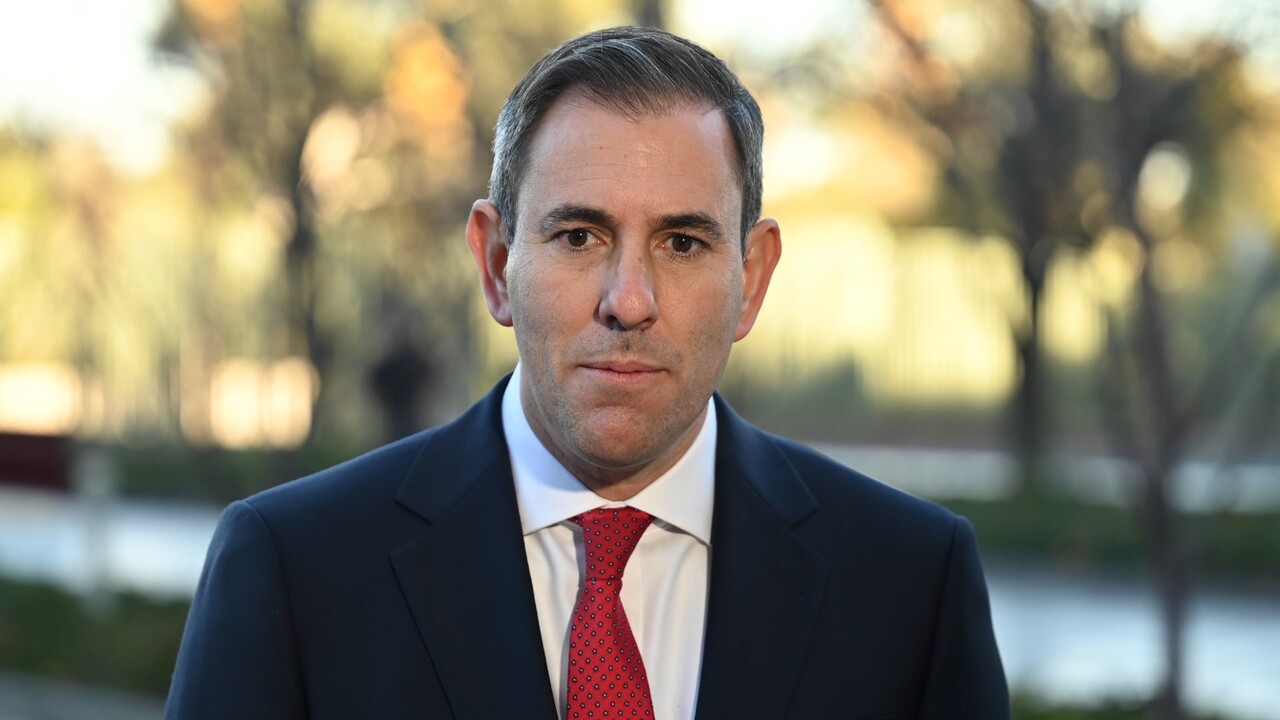$44bn federal and state debt bill equals budget for NDIS
State governments are expected to borrow more than $100bn this financial year to cover the surge in public spending, with just under 60 per cent of new state and territory debt to be issued by Queensland and Victoria.

State governments are expected to borrow more than $100bn this financial year to cover the surge in public spending, with just under 60 per cent of new state and territory debt to be issued by Queensland and Victoria, threatening to undermine efforts to tame inflation.
With the states set to borrow more than the commonwealth for a second consecutive year, the combined interest bill on growing federal and state debts is expected to climb to $44bn this financial year – equivalent to the annual cost of running the NDIS.
Prior to the pandemic, in the 2018-19 financial year, the combined interest expenses of state, territory and commonwealth governments were just $25bn.
According to analysis released on Tuesday by consulting firm EY, the commonwealth will need to issue about $90bn of debt this financial year to meet its planned expenditure – $15bn higher than last financial year.
For the second year in a row, state and territory governments are expected to eclipse that figure significantly, collectively issuing more than $101.5bn of debt in the 2024-25 financial year.
The lion’s share of new state and territory debt will be issued by the Victorian ($34.2bn) and Queensland ($24.9bn) state governments, despite the two states accounting for only 40 per cent of the overall economy.
Amid elevated interest rates and increased debt levels, EY estimates the combined federal and state interest bill will grow to $63bn by the 2027-28 fiscal year – drawing funding away from other government-funded services.
Fuelling the surge in spending, record infrastructure investment by state governments is expected to total $390bn over the four years to mid-2025.
In 2024-25 alone, infrastructure investment by the states is expected to total $102bn – an increase of over $12bn compared to the previous 12-month period.
Including federal investment, combined infrastructure spending is set to reach $136bn – or 5 per cent of nominal GDP – in the current financial year.

EY chief economist Cherelle Murphy said the legacies of high debts and deficits adopted during the pandemic had made it harder for governments in Australia and around the world to consolidate their budgets.
“Australia faces similar spending pressures to other advanced economies that will weigh on the budget over the long term, with the structural mismatch between revenue and spending expected to persist,” she said.
The EY report said some government investment was necessary to maintain existing services and infrastructure, with spending pressures growing to address an ageing population as well as health, education and disability care.
“It creates positive multiplier effects through the economy and, if planned, well-timed, and co-ordinated across governments, it can improve the productive capacity of the economy,” the report noted.
“But if not, it can crowd out private sector investment and use up labour in a capacity-constrained economy.”
The report warned this would risk putting upward pressure on inflation at a time when the Reserve Bank was working to bring stubbornly persistent price pressures to heel.
“The crux of the fiscal problem is long-term structural deficits,” the report said.
“If this is not tackled as a priority, this could lead to tax rises in the future or a lower standard of government services, such as education or health, for future generations.”
Also contained within the EY report were forecasts that public demand – a proxy for federal and state government expenditure – would move higher still as budgets showed record levels of spending over the forward estimates, while revenues failed to keep up.
“In a continuation of its long-term trend, expenses are expected to continue to be higher than revenue for commonwealth and state governments collectively,” the report said.
The latest national accounts figures released earlier this month showed public demand hit a record 27.3 per cent of GDP.
Westpac economists also expected public demand to rise further in coming years as a result of increased government spending across childcare, education, health and aged care, and the NDIS, while infrastructure investment kept pace with record population growth.
“We are forecasting a further increase to around 28 per cent of real GDP by the end of 2025,” Westpac senior economist Pat Bustamante said.
“The increase in new public spending as a share of the real economy is unprecedented in speed and scale.”
The increase in public spending, which is running at record highs at both federal and state levels, would likely reduce productivity growth, Mr Bustamante said, as the economy transitioned towards less efficient, labour intensive industries.
“As this unprecedented expansion in public demand slows and comes to an end, productivity will likely return to be around its pre-pandemic trend, but this remains uncertain,” he said.






To join the conversation, please log in. Don't have an account? Register
Join the conversation, you are commenting as Logout